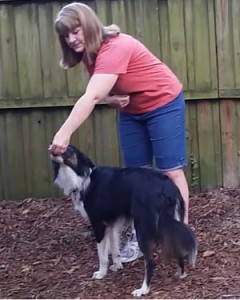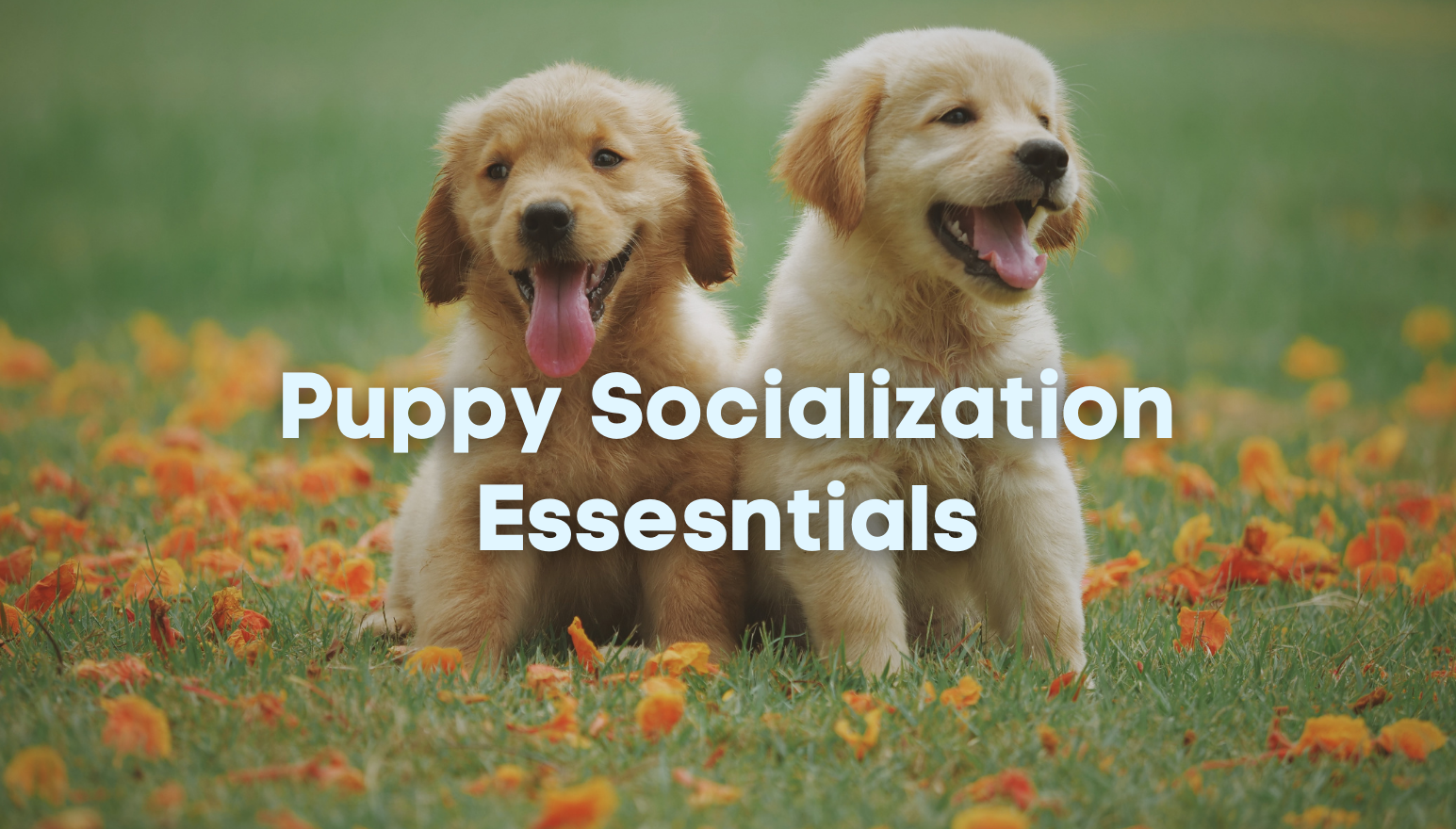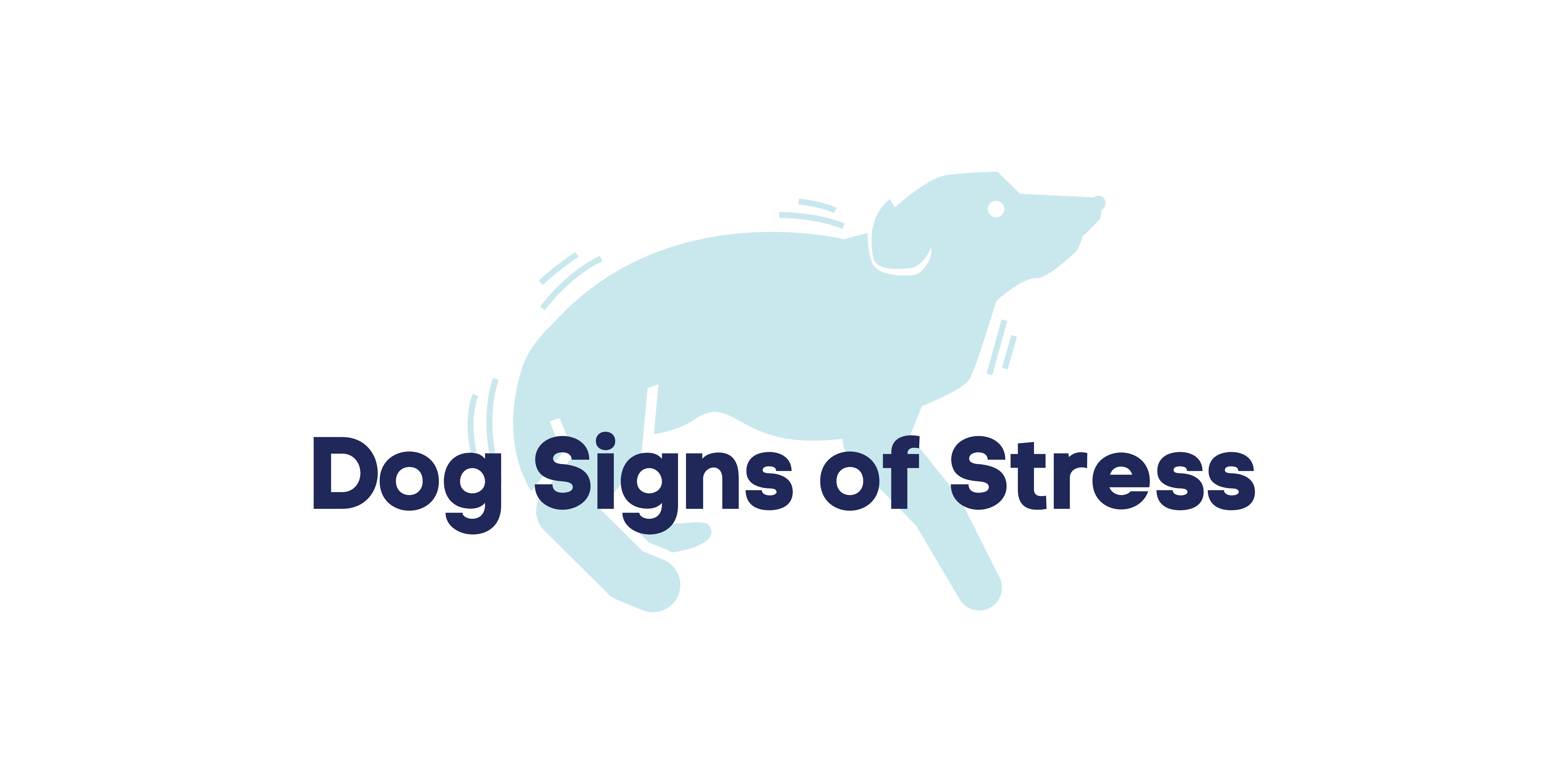
By Brenna Fender
If you attend a dog training class, you are likely to be asked to bring treats with you so that you can reward your dog. But how do you pick out the best treats for training?
Criteria
No matter what kind of treats you purchase or make, they should meet some basic criteria.
-
Training treats should be soft. Crunchy treats take too long to eat and can lead to choking during training.
-
Your dog should eat a training treat in two bites or less. Smaller treats create less down time during training, allow the dog to better connect the treat to the action it is rewarding, and are less fattening.
-
Choose treats that don’t crumble. You don’t want to distract other dogs by leaving crumbs around the training area.
Treat Shopping
There are many treats that meet our basic criteria available in your average pet store. How can you choose the best option?
-
Pay attention to where the treats are made. There have been canine illnesses and even deaths linked to treats made in some countries. You might find that it is safest to look for a “Made in the USA label.”
-
Choose healthy ingredients. Excessive sugar, fillers, and preservatives may be unhealthy for your pet.
-
Remember your dog’s dietary restrictions. If your dog eats a limited diet, remember to follow those rules in the treats you buy as well.
Make Your Own
Some people make elaborate treats, baking liver or tuna brownies for their pups. There are many treat recipes available online, plus there are tons of treat recipe books for sale. But you can also use some items from your own kitchen as treats. Cheese is a great treat option, and it is easily cut into small pieces. Meats work well too, and so do chopped baby carrots. Hot dogs are also easy-to-use treats.
Some human foods, like raisins, can be toxic to dogs, so research any questionable items if you are not sure of their safety.
Moderation is Key
Introduce new treats in small amounts to see how your dog will react to them, and always use treats in moderation. They should not be a major part of your dog’s diet. Monitor your dog’s weight and adjust the number of treats and the amount of food consumed as necessary.
Dogs really do not notice the difference between a large treat and a small one so remember that when you are handing out goodies. A pinch of cheese is as exciting as a mouthful for your pup!




